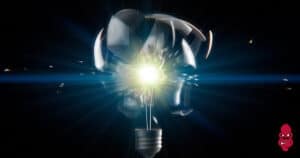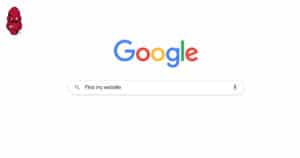Red is the first color of the rainbow and is universally acknowledged as a color of power and passion. It grabs the eye and demands attention. In a sense, it appeals to our caveman roots: it is the color of fire and blood. Worldwide, it appears in nations’ flags more than any other color. Fast food companies like to use it, sometimes in combination with yellow and/or orange, as it implies speed and is said to stimulate the appetite – perfect for what a fast food company wants to convey with its logo.
Orange and yellow appear next in the color spectrum, and like red, they are warm colors that demand attention. Both can convey feelings of happiness, and both can have contradictory connotations. While yellow is a joyful, warm, and lighthearted color, some believe that it makes babies cry. It is also the color of cowardice – think “yellow-bellied.” Yellow flowers in the US symbolize friendship. Orange, also a warm and fun color, can be overbearing. When seen on a highway, it causes dismay in the hearts of drivers: orange “Road Construction Ahead” signs and traffic cones mean frustration, delays, and slow going. It is the color of Halloween, which can also be contradictory in the sense that it’s fun and scary at the same time.
Blue and green are on the cool end of the spectrum and are calming and relaxing. Blue wins the prize of being most people’s favorite color worldwide, perhaps because it is the color of the ocean and of the sky, symbolizing calm, openness, and possibility. In the marketing and political worlds, it can mean stability, loyalty, and trustworthiness. As with orange and yellow, blue can be contradictory in that it’s also associated with depression: “having the blues,” or blues music (which may or may not be about being sad!). Interestingly, there are no naturally blue foods – even blueberries are really more of a purple. This may mean that the color blue could work as an appetite suppressant – we don’t associate the color blue with hunger, so it could have the opposite effect of Pavlov’s bell. However, other studies have shown that food served on blue plates looks appetizing.
Green is the color of nature and symbolizes fertility, good health, and life. It’s even become its own environmental movement: “going green” is becoming more and more popular (and important). On the road and in business, a green light means “yes, go ahead!” However, jealousy is a green-eyed monster.
Purple is the color of royalty and opulence. This may be because, like blue, purple is rare in nature. Historically, it was expensive to make purple dye, so only the richest people could afford to have purple clothing. In more modern times, purple is associated with the supernatural and the psychedelic. It is also significant in religion, with some ecclesiastics wearing it to represent their standing in the church, piety, and/or penitence.
Pink is perhaps one of the only colors that is specifically associated with the feminine. Many men avoid pink as it isn’t thought to be “manly.” Pink has become the color of breast cancer awareness and research, so while it is the favorite color of many little girls, it is also coming to symbolize strength. “Drunk tank pink” is a particularly ugly shade of pink that is thought to sap energy and curb violence, hence its use in some jail cells and visiting team locker rooms. However, this calming effect may only be temporary, and can (understandably!) result in even more ferocious thoughts and behavior as the effects wear off!
When you’re designing your website or creating a logo, it’s important to think about more than what your favorite colors are and how they look together. You should also take into account what those colors mean and symbolize to the public. Do you need help exploring colors and figuring out what they mean? Angry Ape Creative can help you effectively use colors to design a logo that represents who you are and what you’re about in just one image.
Jay Bilunas is a graphic designer and marketing consultant. He loves helping small businesses succeed with great marketing and design. He also teaches and tries to help up and coming designers.
- Jay Bilunashttps://angryape.com/author/angryape/
- Jay Bilunashttps://angryape.com/author/angryape/
- Jay Bilunashttps://angryape.com/author/angryape/
- Jay Bilunashttps://angryape.com/author/angryape/

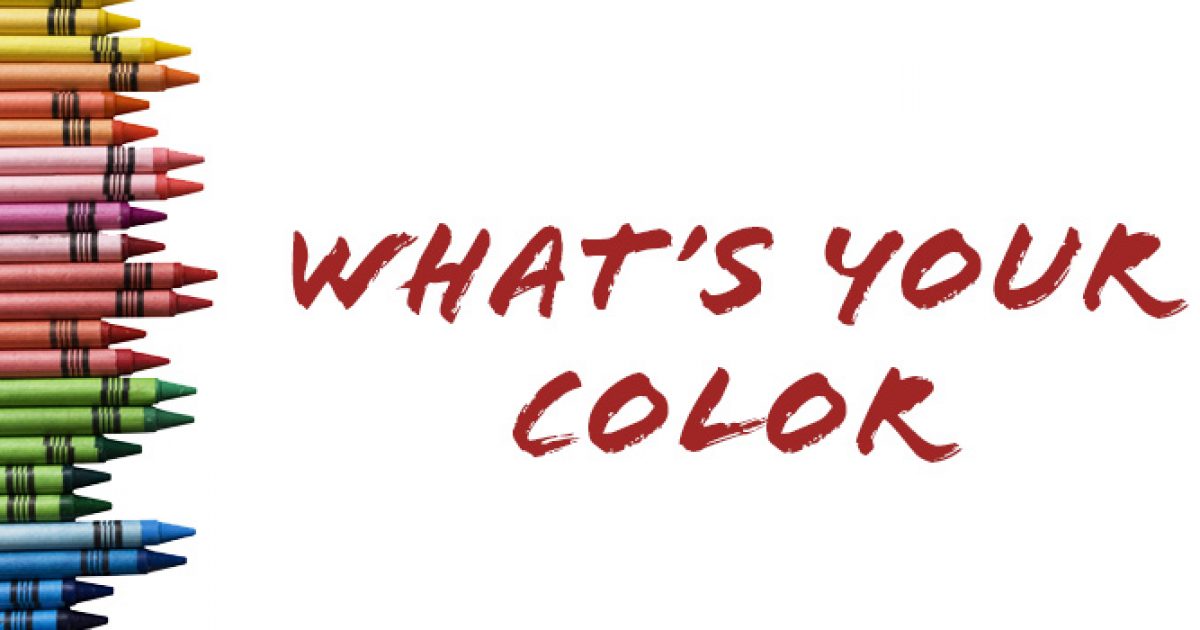

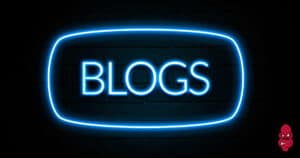
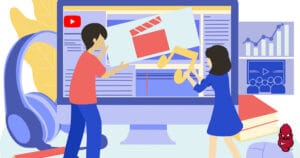


-300x158.png)
